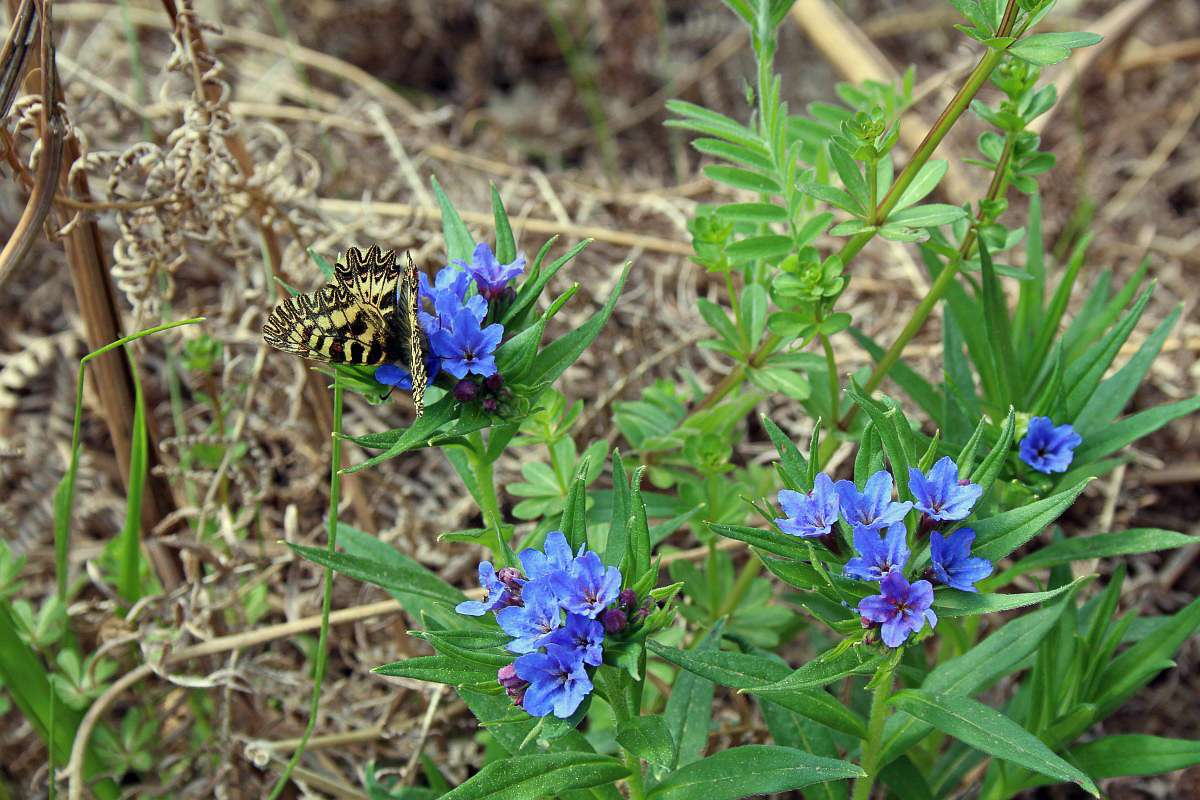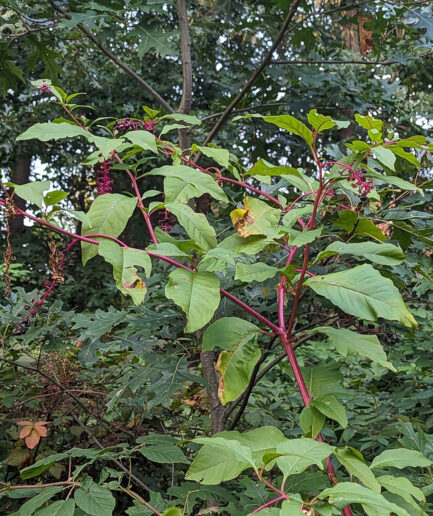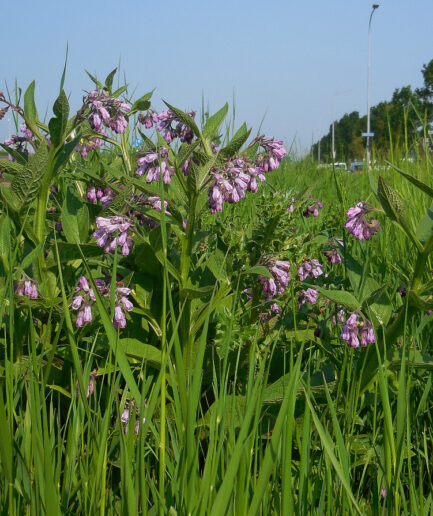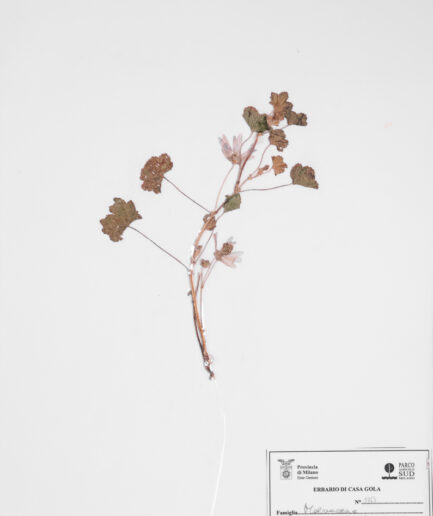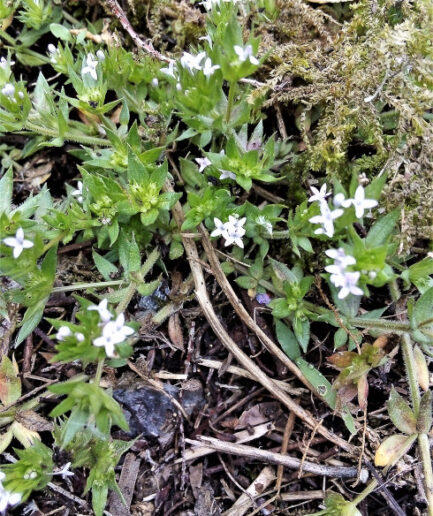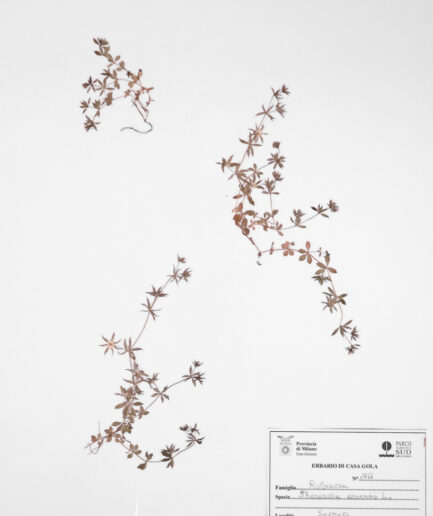Gromwell
Scientific Name: Aegonychon purpurocaeruleum (L.) Holub
Family: Boraginaceae
MORPHOLOGY
Habit and Size: Perennial, herbaceous, rhizomatous, reaching up to 70 cm in height.
Stem: Erect and branching stems, pubescent towards the top.
Leaves: Lanceolate leaves with an acute apex, entire and ciliate, covered with rough gray-green hairs, with a very prominent central vein.
Flowers: The flowers are clustered in racemes, with persistent calyx divided into 5 lobes, initially red-purple, then blue-violet. Blooms from May to September.
Fruits and Seeds: The fruits are ovoid, stony in texture, smooth and shiny whitish in color. The hardness of the shell is due to the presence of calcium carbonate and silicate.
DISTRIBUTION AND HABITAT
A species widespread throughout Italy except for the Aosta Valley. It grows in meadows at the edge of dry and sparse broadleaf forests from 0 to 1,000 m.
USE
The plant has antioxidant and hepatoprotective properties. Before taking any plant-based product (whether medicinal or not) for therapeutic or similar purposes, it is always advisable to consult a doctor. The roots contain a coloring principle that can be used for food.
INTERESTING FACTS
The change in flower colors is due to the nature of the cell sap. In young flowers, the cell sap is acidic, and the flower is red or pink; in older ones, the cell sap is neutral, and the flowers are purple, or alkaline, resulting in blue flowers.
Photo: Used under the free license of Saxifraga, Jeroen Willemsen, Marijke Verhagen, Rutger Barendse.


